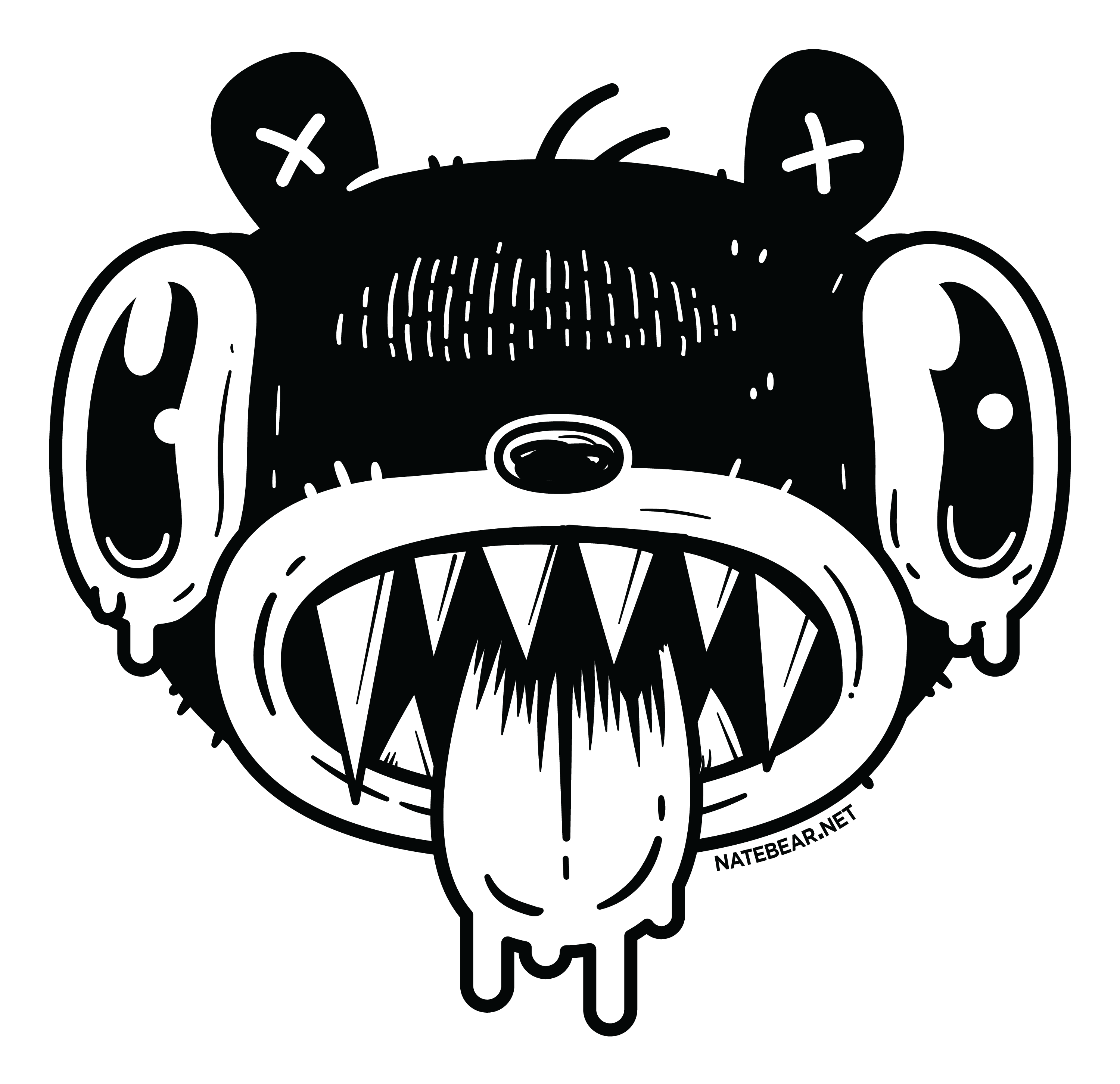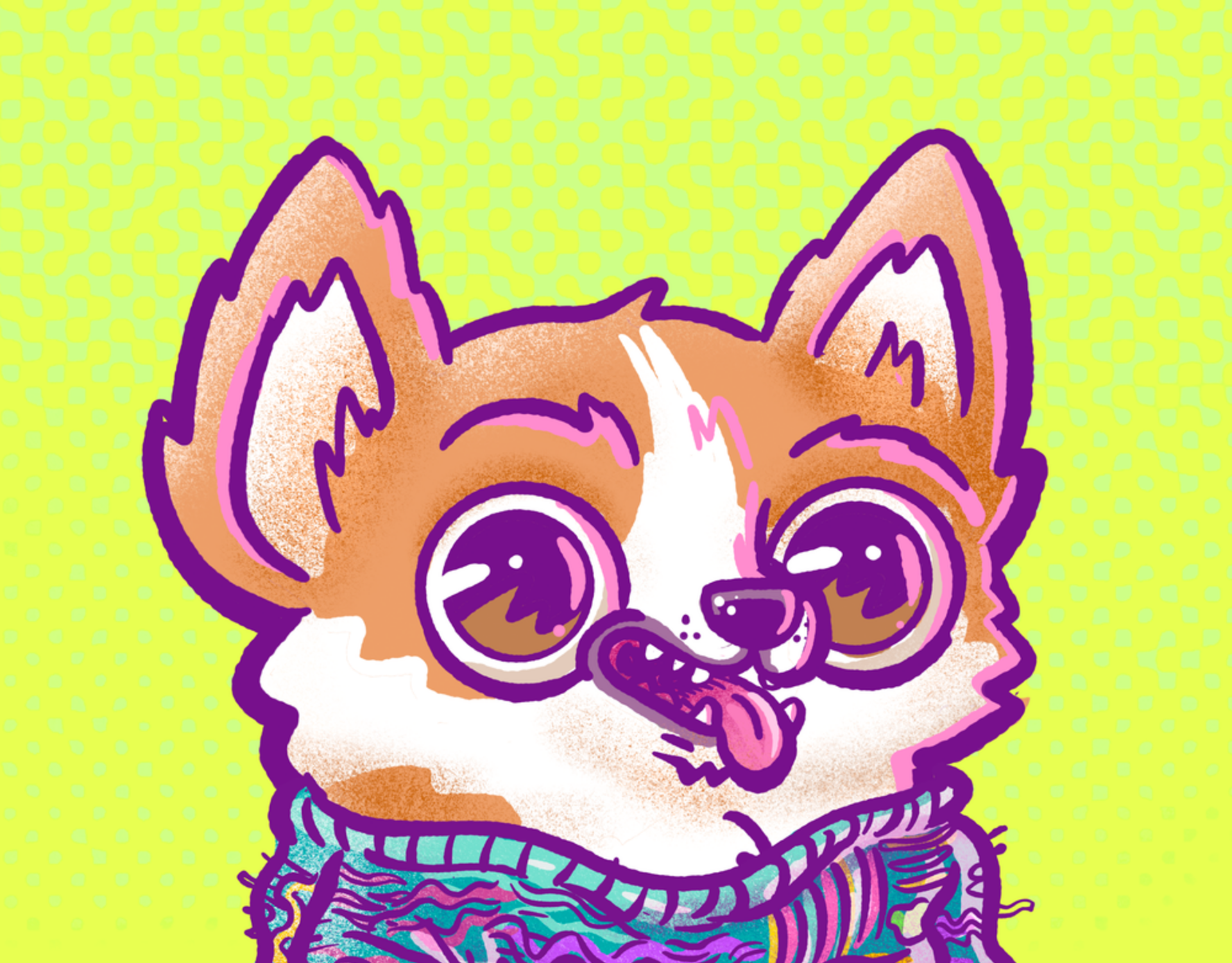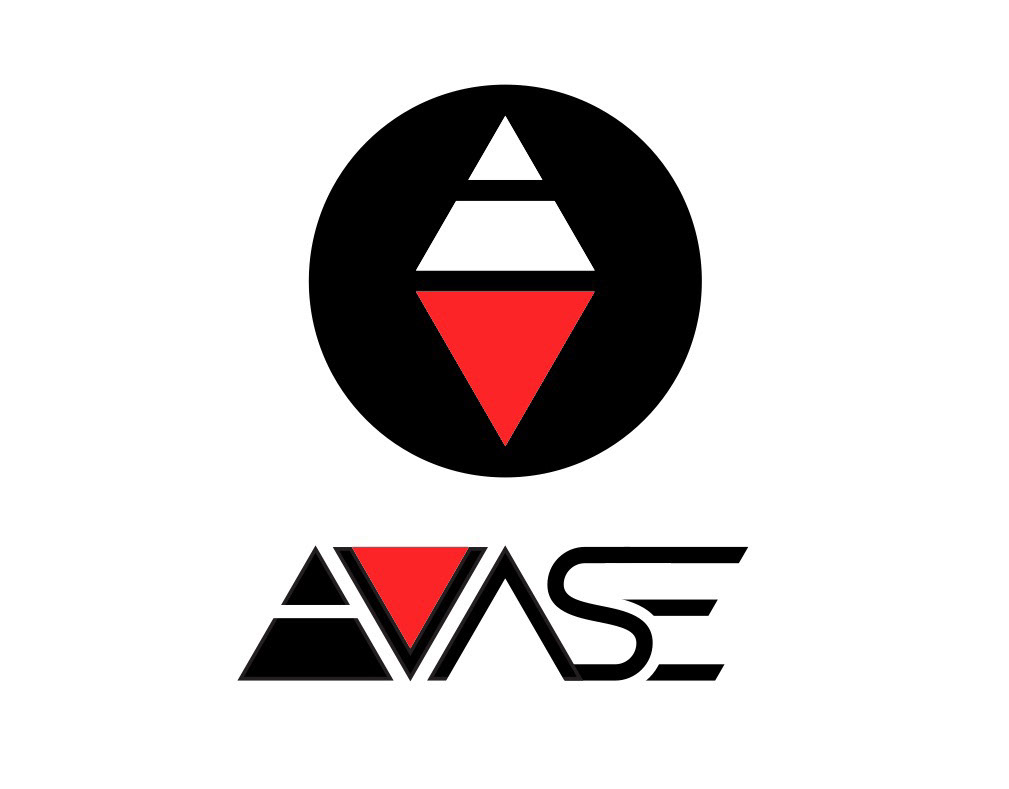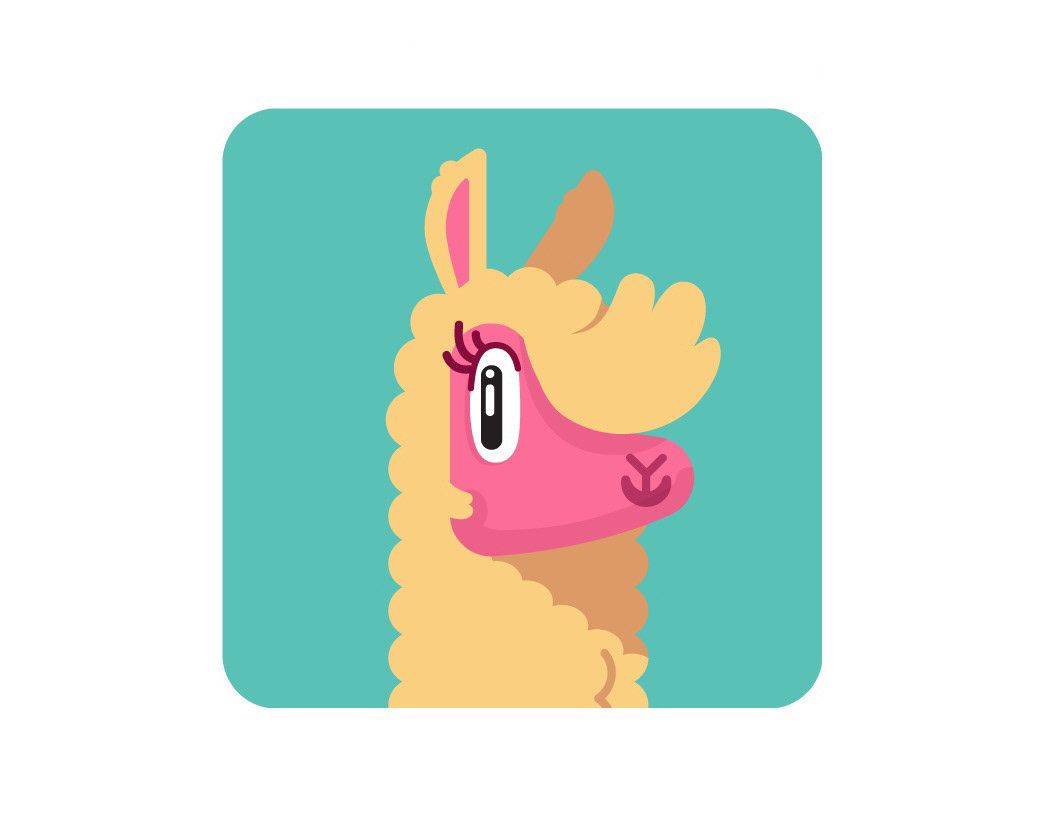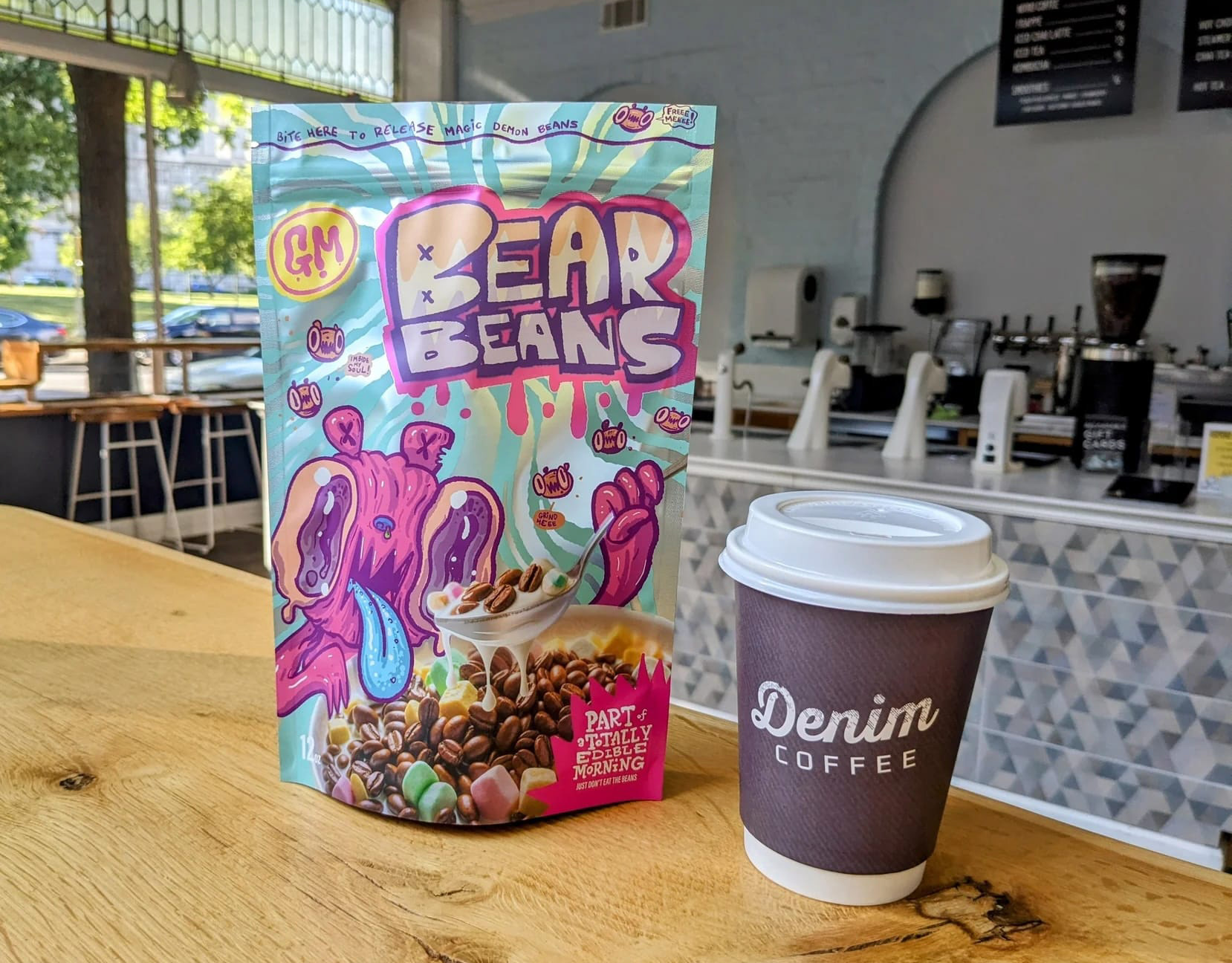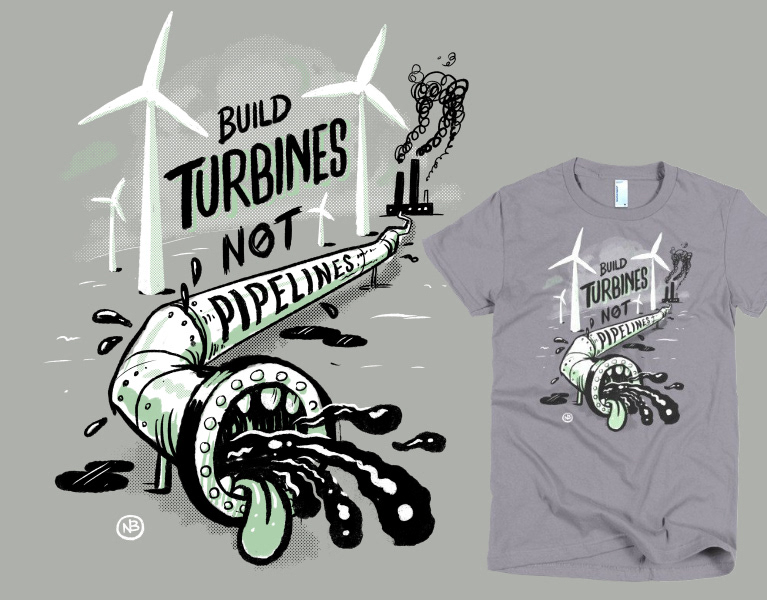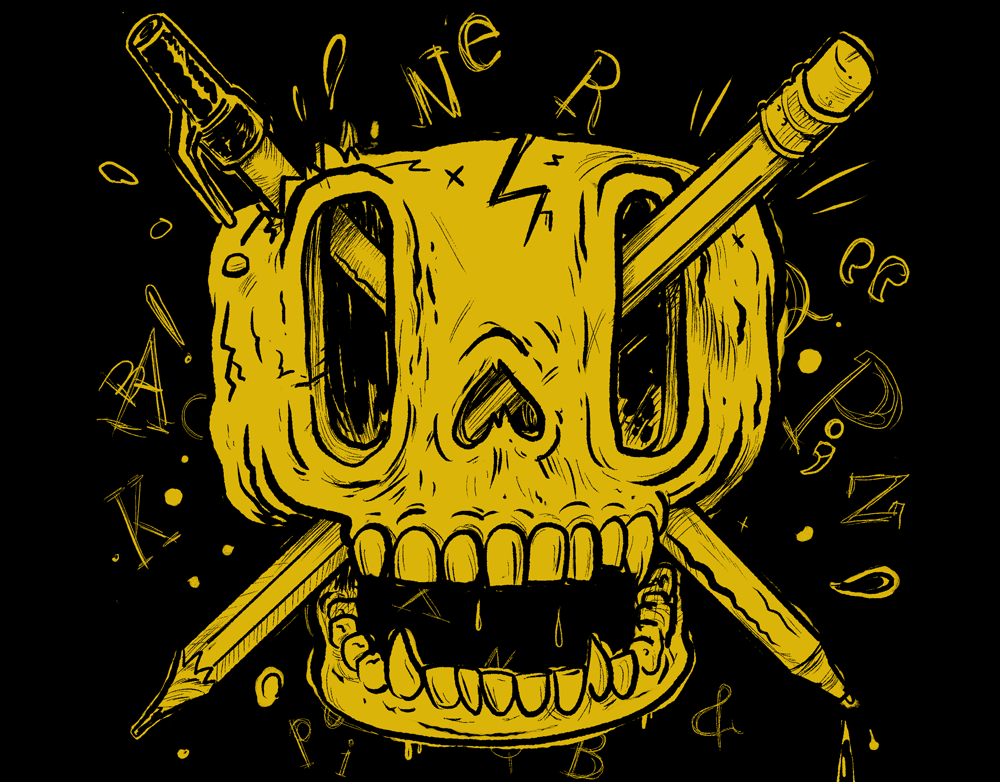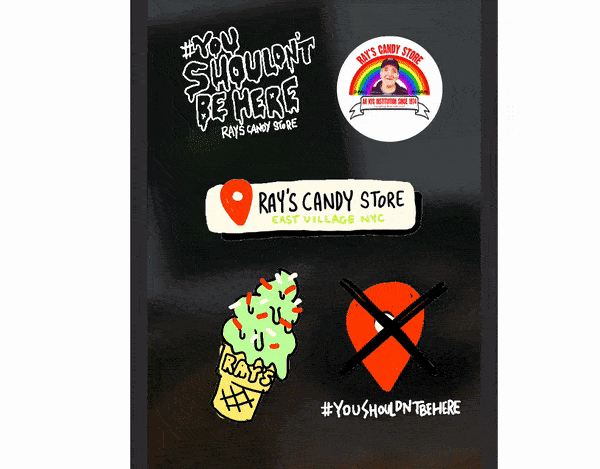In today's digital marketplace, consumer app startups face unprecedented competition for user attention. As marketing expert Seth Godin emphasizes, "In a crowded marketplace, fitting in is a failure. In a busy marketplace, not standing out is the same as being invisible." One powerful way direct-to-consumer app startups can achieve this differentiation is through a well-designed mascot that embodies their brand personality, creates emotional connections, and serves as a memorable visual shorthand in an overcrowded market.
The Enduring Power of Mascots in Modern Marketing
Despite many brands moving away from mascots in favor of more "serious" branding approaches, entrepreneur Gary Vaynerchuk (GaryVee) remains a vocal advocate for their effectiveness. "I can't believe that everybody doesn't understand that mascots still work. It worked for 40 years and then we got fancy in the 90s and decided to kill all the mascots," he states emphatically. "Insurance companies still do it. They crush, and we've walked away from it."
This perspective is particularly relevant for app startups that lack a recognizable human face. As behavioral economist Dan Ariely notes, "People relate to people and characters, not abstractions." App-based consumer brands with mascots create a bridge of familiarity, allowing users to form relationships with what would otherwise be impersonal digital products.
How Successful B2C Apps Leverage Mascots
The most compelling evidence for mascot effectiveness comes from examining market leaders in the B2C app space.
The Duolingo Phenomenon
Perhaps no app has leveraged its mascot more successfully than language-learning platform Duolingo. Their green owl mascot, Duo, has transcended its role as a mere logo to become a cultural phenomenon with over 8.7 million followers on TikTok alone.
Connie Chan of Andreessen Horowitz points out, "Duolingo has masterfully turned their mascot into content. Their passive-aggressive owl reminders became memes that users voluntarily share, essentially providing free marketing." The company embraced this perception and amplified it, creating increasingly dramatic content featuring Duo that drives massive engagement.
This strategy has contributed significantly to Duolingo's growth—with user acquisition costs dramatically lower than competitors who must rely solely on paid advertising. Duolingo's CEO Luis von Ahn has noted that their "meme-ability" directly contributes to their marketing efficiency.
Social media strategist Mari Smith emphasizes, "Characters give brands the ability to create narrative-driven content that performs exponentially better on social platforms." This advantage is critical for mobile app businesses with limited marketing budgets.
The psychological rationale is compelling. As Jonah Berger, author of "Contagious," explains, "Anthropomorphic characters trigger social response mechanisms in our brain. We're hardwired to engage with faces and personalities in ways we don't with logos or text."
Social media expert Jasmine Star notes that mascots provide three key advantages for social media marketing:
• Content versatility: Mascots can be placed in unlimited scenarios, creating endless content opportunities
• Emotional range: Characters can express emotions that logos cannot, allowing brands to respond appropriately to different cultural moments
• Cross-platform consistency: A well-designed mascot works across all platforms, from TikTok to LinkedIn
The Psychology Behind Effective Mascot Design
For user-facing app startups specifically, certain psychological elements are particularly important:
Shape Psychology
Different visual elements trigger specific emotional responses:
Round shapes with soft curves evoke approachability—ideal for finance or health apps where trust is essential
Dynamic shapes that suggest movement work well for fitness or productivity apps
Simple shapes that are easily recognizable at small sizes perform better for mobile interfaces
Color and Personality Alignment
Product design expert Julie Zhuo stresses, "Your mascot's personality must align with your product's value proposition. A meditation app represented by a frenetic character creates cognitive dissonance."
The color palette should similarly support your app's purpose:
Blues convey trust and reliability (important for fintech)
Greens suggest growth and health (wellness apps)
Bright primary colors work well for educational or gaming applications
Strategic Implementation for App Success
For consumer app startups specifically, mascots provide unique strategic advantages.
Simplifying User Onboarding
First-time app experiences often involve complex explanations of functionality. Growth hacker Sean Ellis notes, "A mascot can guide users through onboarding with personality rather than clinical instructions, significantly improving completion rates."
Creating Emotional Investment
App retention specialist Eric Seufert emphasizes, "Users delete apps they don't feel connected to. A mascot creates an emotional cost to deletion that pure utility cannot."
Driving Viral Growth
Y Combinator partner Aaron Harris points out, "The most successful apps have sharing built into their DNA. Mascots give users something recognizable and fun to share, extending beyond the app's core functionality."
Common Pitfalls to Avoid
Many startups undermine their mascot's potential through:
Inconsistency: Using the mascot differently across platforms creates confusion rather than recognition
Overcomplication: Complex designs don't scale down for app icons or social media avatars
Demographic disconnect: Creating a mascot that appeals to the design team but not the target user
Underutilization: Creating a mascot but failing to integrate it fully into the product experience
The Competitive Advantage
As product designer and author Nir Eyal states, "In a world of infinite apps solving similar problems, emotional connection becomes the primary differentiator." A well-conceived mascot represents one of the most efficient investments a direct-to-consumer app startup can make.
When strategically designed and consistently deployed, a mascot transforms from a marketing tactic into a valuable asset that builds recognition, communicates values, and creates emotional connections with users. For app-based consumer brands competing in crowded marketplaces, this character-driven advantage might be the difference between becoming another forgotten app or the next household name.
